

With the start of the New Year comes an array of glorious Broads National Park wildlife just waiting to be discovered. To experience the magic you must first of all know where it is and what it is, so here is our guide to the creatures to see in January and where to find them…
Top watch spot: Everywhere and anywhere
For anybody who is interested in learning the art of recognising birdsong now is the perfect time to start as the main voice warbling through the hedgerows is that of the robin. They normally keep the same territory all year round so you can even get to know your local robins and build lasting friendships!
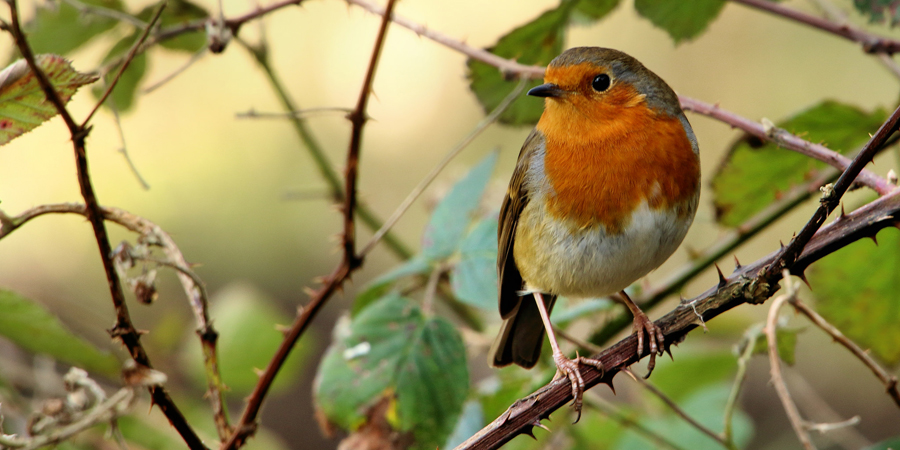
Top watch spot: Upton Broad and Marshes
The Chinese water deer are in the Broads National Park all year round but January is the height of their rutting season meaning that now is one of the best times of year to discover this unusual variety of tusked deer.
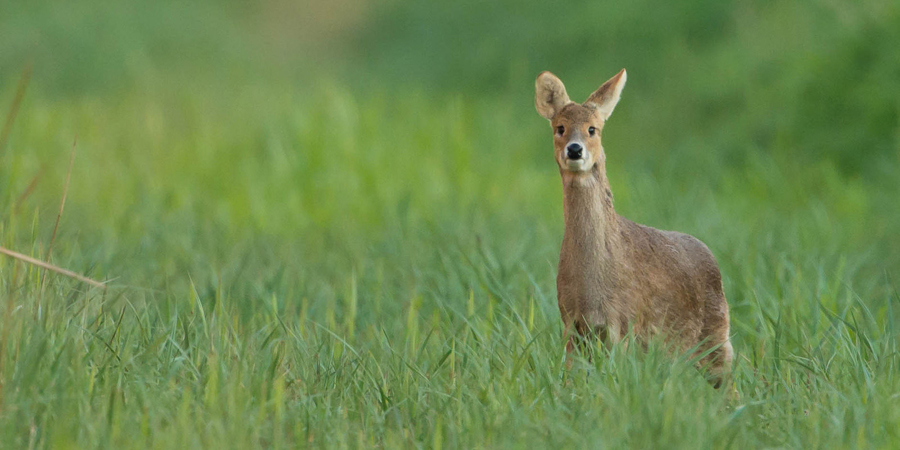
Top watch spot: Winterton-On-Sea
One of the world's hardiest songbirds, the snow bunting prefers beach, shingle or salt marsh surroundings. Snow buntings tend to feed on the seeds of salt marsh plants along shorelines and if you are still birds will often approach very closely.
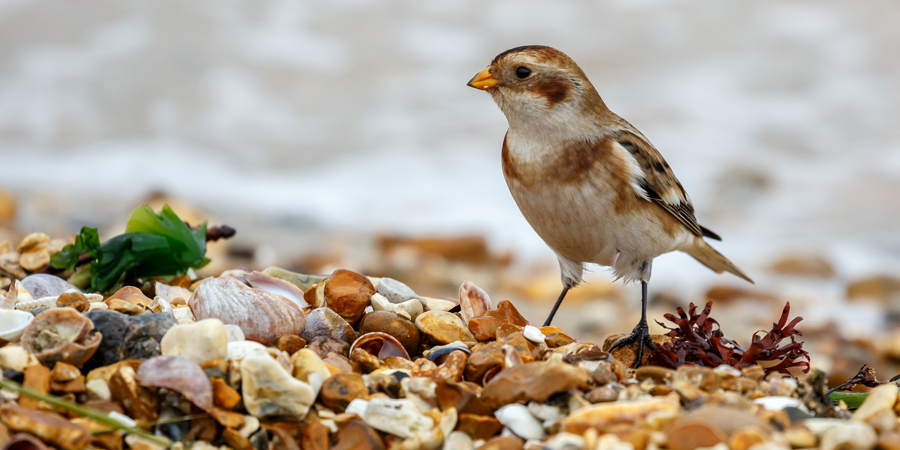
Top watch spot: The following tree varieties: Lime, Poplar, Apple, Almond, Hawthorn, Field Maple and Willow
Mistletoe is an ancient plant with lots of classical associations. It is parasitic, meaning that it lives off of other plants. It has long been considered a fertility symbol as it produces berries and is a bright green in the most barren months of December and January, which goes some way to explaining the roots of kissing beneath it (for luck in fertility).
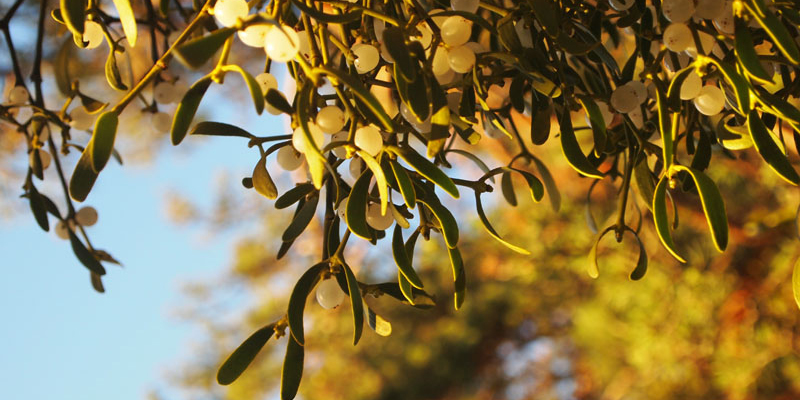
Top watch spot: SWT Carlton Marshes and RSPB Breydon Water
Lapwings, named so because of their unique style of flying, are fantastic black and white birds with an attractive crest. Unfortunately they are now a red-listed species, however large flocks can be spotted at a number of wetland locations in the Broads National Park including Carlton Marshes and Breydon Water. Make sure you listen out for their distinct 'peewit' call.
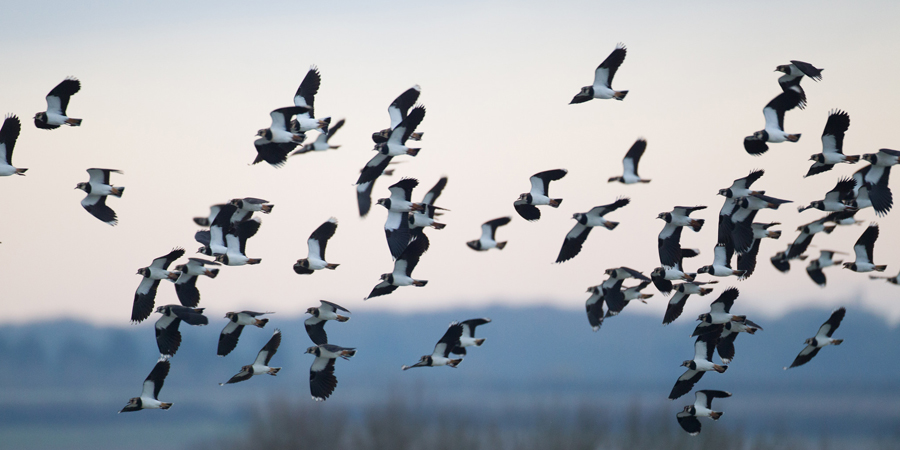
January is a wonderful time of year to start getting in touch with the natural world and seeing the part you play in it. Start with these simple starter finds, and keep up to date with this blog to discover the must-see wildlife in February…